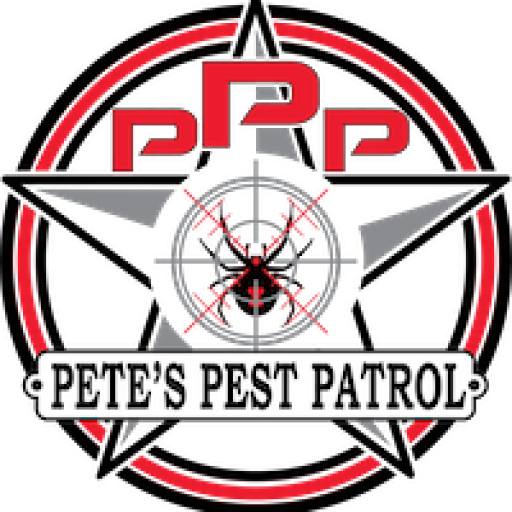How do you inspect for termites?
Quick Answer
We start with a thorough outside-in examination: look for mud tubes, damaged or hollow-sounding wood, swarmers and moisture issues, then move inside to probe baseboards, crawl spaces and attic framing. We use flashlights, moisture meters and mirrors and document findings in a written Wood-Destroying Insect Report with recommend treatment.
Detailed Answer
Pete’s Pest Patrol follows a proven, four-part checklist. First, our licensed exterminator walks the entire exterior, paying close attention to foundation walls, crawl-space vents, porch posts, tree stumps and firewood piles. We look for telltale mud tubes, damaged siding and moisture conditions that attract subterranean termites.
Next, we move indoors to probe baseboards, door frames, attic rafters and plumbing penetrations. Flashlights, screwdrivers, mirrors and a calibrated moisture meter help us detect hollow wood, frass and hidden galleries that the naked eye often misses.
Third, we document every finding in a digital Wood-Destroying Insect Report that includes photographs, a sketch of activity zones and repair recommendations—essential paperwork for real-estate closings or refinancing.
Finally, we review results with you on the spot and outline a custom solution, whether that’s liquid trenching, a bait-station plan or pairing termite control with crawl space encapsulation for long-term prevention. Because Pete’s Pest Patrol is a family-owned local pest control company with after-hours service, you’ll get fast answers, transparent pricing and follow-up visits until your home is termite-free. Request your free inspection today and protect your biggest investment.
